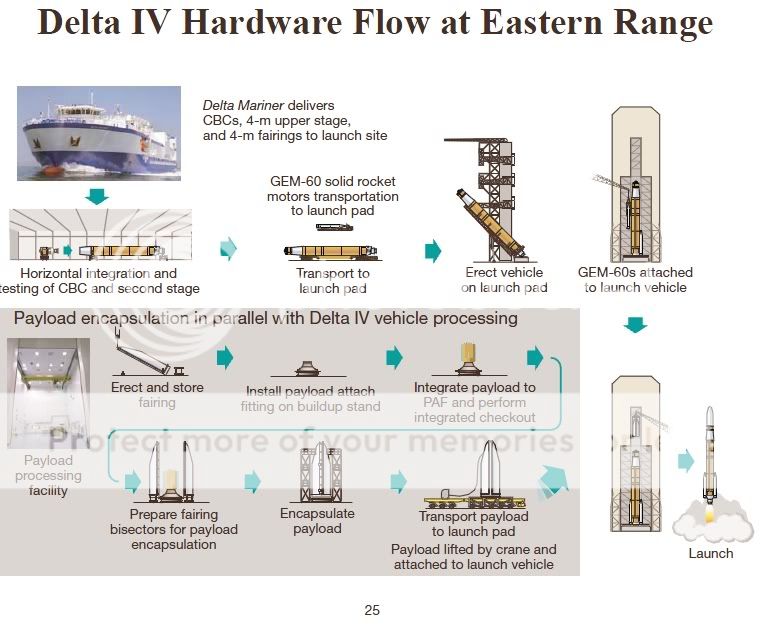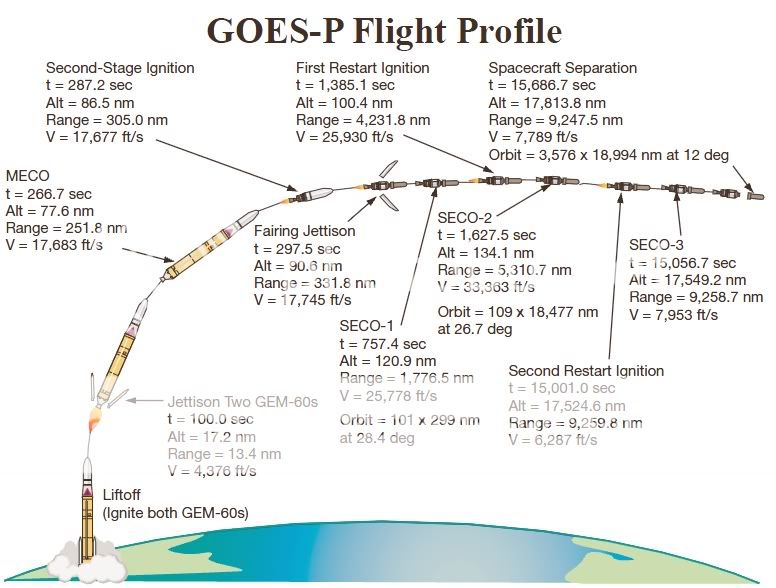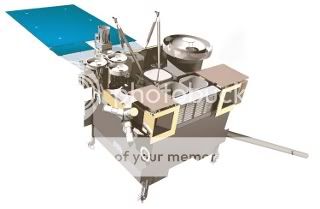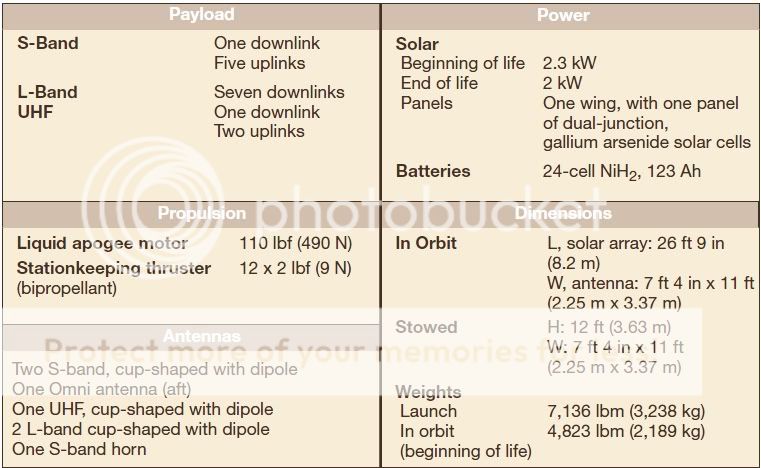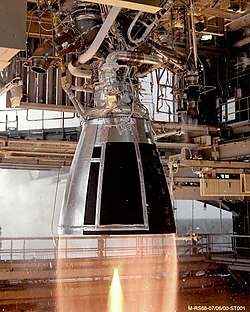Z
Zipi
Guest

Launch window: 23:17-00:17 GMT (6:17-7:17 p.m. EST)
Launch site: SLC-37B, Cape Canaveral Air Force Station, Florida
The United Launch Alliance Delta 4 rocket will launch Geostationary Operational Environmental Satellite P, or GOES P, for NASA and NOAA. The weather satellite will orbit 22,300 miles above the planet to monitor conditions across the U.S. The rocket will fly in the Medium+ (4,2) configuration with two solid rocket boosters.
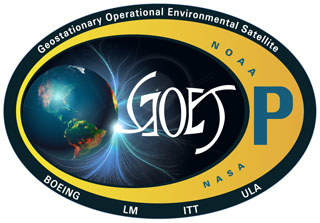
Shameless copy&paste from ULA Launch pages, since they don't have a dedicated page for this:
Copied&pasted from: http://www.ulalaunch.com/index_launch_info.htmlRocket/Payload: Delta IV launching NASA and NOAA’s Geostationary Operational Environmental Satellite P (GOES P) mission. ULA will be launching GOES P on behalf of Boeing Launch Services. GOES P is the second in a series of weather detecting satellites. A Delta IV launched the GOES N satellite in May 2006 and GOES O in June 2009.
Date/Launch Time/Site: March 2, with a one-hour launch window from 6:19-7:19 p.m. EST from Space Launch Complex-37, Cape Canaveral AFS, Fla. If the launch scrubs, the next launch attempt is set for March 3 with the launch window of 6:18-7:18 p.m. EST.
Launch Notes: This is the first Delta IV launch of 2010 and the second ULA launch of 2010. The launch configuration for this mission is a Delta IV Medium+(4,2) configuration with two solid rocket motors.
Payload Description: Working with GOES N and O, GOES P will provide more accurate prediction and tracking of severe storms and other weather phenomena, resulting in earlier and more precise warnings to the public. Supporting NOAA and NASA scientists collecting and analyzing real-time environmental data, as well as the U.S. Coast Guard searching the open seas, GOES P stands ready as the most advanced multi-mission weather and Earth-observation satellite ever built for NOAA geosynchronous operations.
Full launch info package: http://www.ulalaunch.com/launch/GOESP/div_goesp_mob.pdf
(lots of nice graphs about the flight&vehicles for EarthlingX to fill his photobucket account)
NASA's GOES P Pages: http://www.nasa.gov/goes-p/
GOES Satellites in Wikipedia: http://en.wikipedia.org/wiki/Geostation ... _Satellite
Live coverage from NasaTV:
Web Browser Link: (for people who don't appreciate free floating video window)
http://www.nasa.gov/ntv
Direct stream links: (you may have to copy&paste these to your media player)
http://playlist.yahoo.com/makeplaylist.dll?id=1369080 (Quality: 150k)
http://playlist.yahoo.com/makeplaylist.dll?id=1368162 (Quality: 300k)
http://playlist.yahoo.com/makeplaylist.dll?id=1368570 (Quality: 500k)
http://playlist.yahoo.com/makeplaylist.dll?id=1368163 (Quality: 1200k)

More GOES from NASA:
http://goespoes.gsfc.nasa.gov/
http://goespoes.gsfc.nasa.gov/goes/spac ... craft.html


